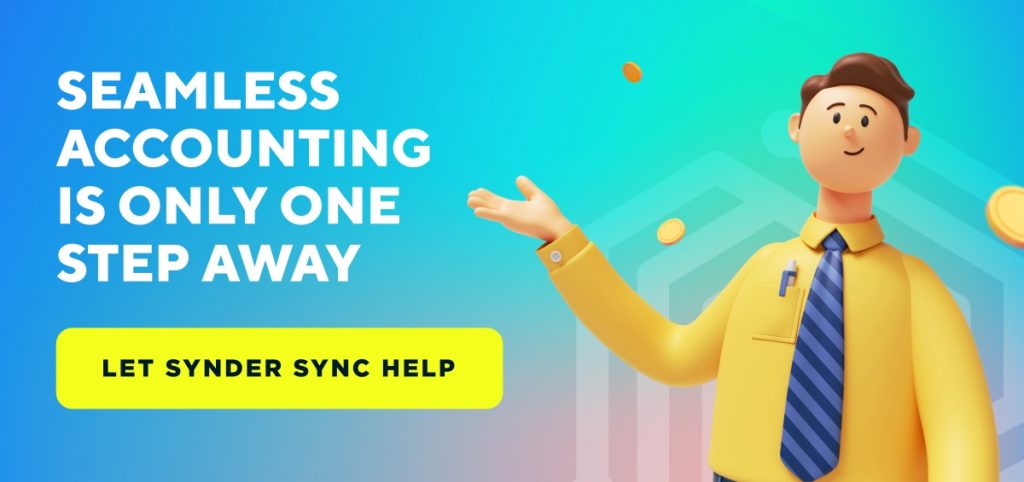Afterpay has become a popular way for people to purchase items without having to pay for them up front. The model behind the platform is simple yet effective, and it has allowed Afterpay to become one of the world’s leading payment solutions. But how to track your cash flow?
Afterpay works by providing shoppers with the ability to spread their payments out over a period of time. The company charges merchants a fee for using their platform and also charges consumers a late fee if they fail to make their payments on time. In addition, Afterpay also uses its data to provide merchants with valuable insight into their customers’ spending habits.
Let’s explore the model behind Afterpay, a popular Buy Now, Pay Later platform, to get a better understanding of how the company makes money.
Overview of Afterpay’s Model
Afterpay is a popular Buy Now, Pay Later platform that allows customers to purchase items, split their purchase into four payments and spread them out over a period of time. Customers can sign up for an account and make purchases through Afterpay’s partner retailers, like H&M, ASOS, and Netspend.
When a customer purchases an item through Afterpay, they are charged a portion of the item as a down payment, followed by three other payments. The first payment is charged right away, followed by the next three payments within a period of 14 days.
Afterpay allows customers to shop online and offline and use the platform to purchase items from a variety of retailers. Customers can also use Afterpay to make purchases from their phone by downloading the app and paying a small fee per transaction.
Afterpay is available in many countries around the world, including Australia, New Zealand, the United Kingdom, and several other countries.
All in all, Afterpay’s business model depends on the success of its customers to generate revenue, so it encourages them to make use of its Buy Now, Pay Later feature. They use a variety of marketing strategies to attract new customers and build their brand. The company uses social media, television, and in-person marketing, along with partnerships with other companies, to promote its services and build its name.
Afterpay also offers its services at no cost to customers through a partnership program with companies, like banks, retailers, and telecommunications companies. Through these partnerships, Afterpay has become one of the world’s leading payment solutions and has gained massive popularity since its launch in Australia and New Zealand in 2014.
How Afterpay Makes Money from Merchants and Customers
Afterpay makes money from merchants through fees. Afterpay charges merchants a fee for each transaction made through the platform and a fee for every item that is sold.
The company makes money from consumers through late payment fees and interest charges. If a customer does not make their payment on time, Afterpay charges them a late fee of $10. If a customer misses a payment, the company charges them a late fee of $10, plus interest on the balance. Afterpay charges a fee of $15 to their customers if they fail to make their payments on time, which is deducted from the customer’s next payment. also charges a fee to each customer who uses the platform, along with a late payment fee. However, Afterpay gives customers an incentive to make their payments on time by rewarding them with loyalty points.
Afterpay’s Use of Data
Afterpay uses data about its customers’ shopping habits to make money: they sell it to third parties. The company analyzes data about the items that its customers purchase, which items are popular, and the frequency with which customers use Afterpay to make purchases. The collected data allows Afterpay to provide insights to its merchants, which allows businesses to better understand their customers and improve their services and products. What’s more, this data generates additional revenue as it is sold to advertisers and marketing firms.
Interested in how other Buy Now, Pay Later options work? Read our article on ‘Uncovering the Business Model of Affirm: How Does Affirm Make Money?’ to find out.
Conclusion
Afterpay makes money by charging fees to both its customers and its merchants. The company charges a fee for each transaction made through the platform and a fee for every item that is sold. Afterpay also charges a fee to each customer who uses the platform, along with a late payment fee. Afterpay uses data that it collects from its customers to generate revenue by selling it to third parties – advertisers and marketing firms. Afterpay’s model provides benefits to its customers and merchants. This Buy Now, Pay Later feature allows customers to make purchases that they may not otherwise be able to afford.
Running an e-commerce business and thinking of simplifying your accounting? Automate repetitive tasks with Synder Sync and enjoy accurate data sync, flawless P&L and balance sheet reports, and save hours on monthly reconciliation.
Check out Synder’s integrations for Afterpay: Afterpay QuickBooks Online, Afterpay QuickBooks Desktop, Afterpay Xero.
Sign up for a 7-day free trial or schedule a demo with a specialist to get a guided tour of the solution!

%20(1).png)






